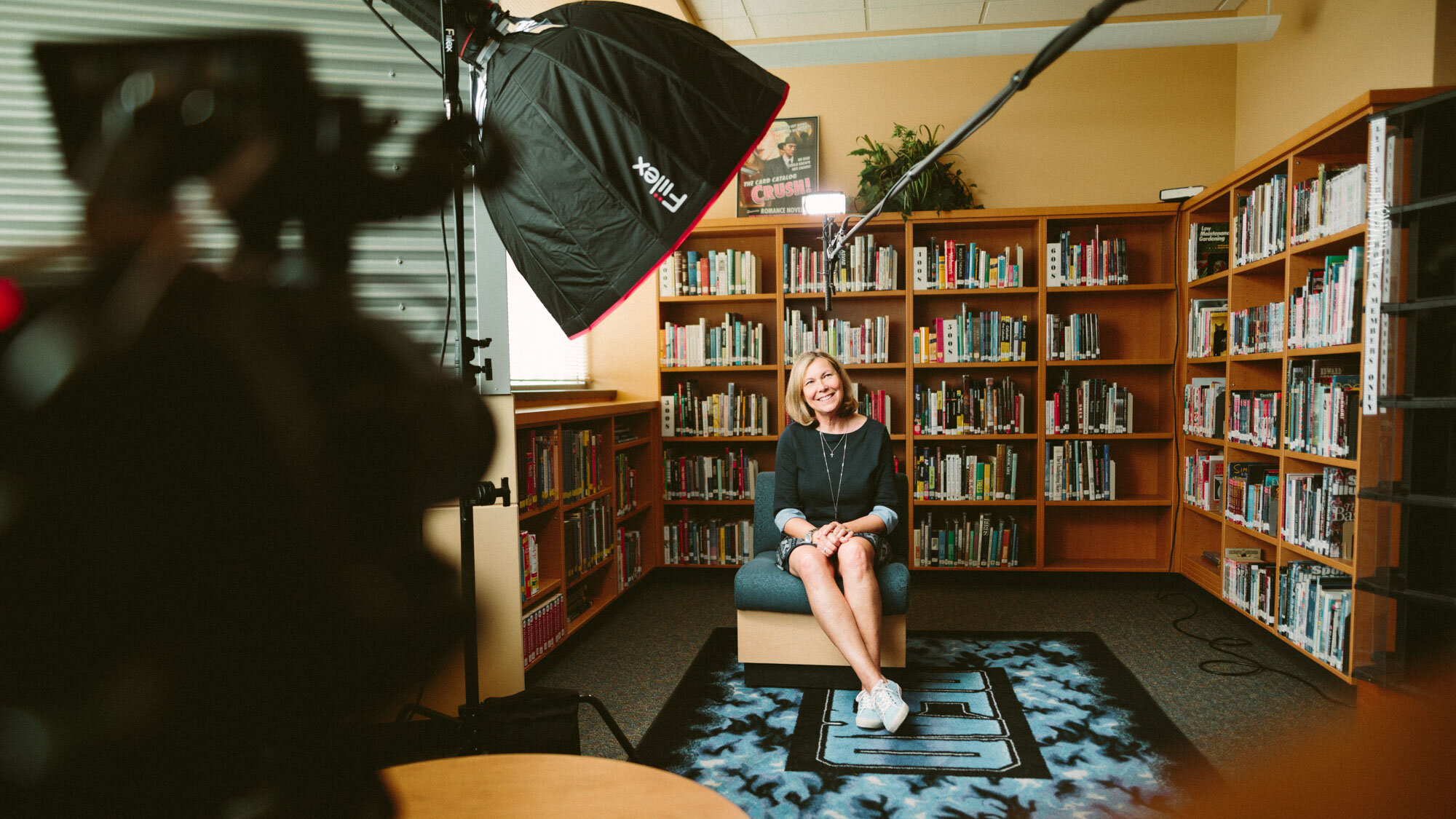It’s Good Business
“If you want people to pay you, they need to trust you, and they won’t trust you if they can’t see themselves in you.”
1 Average economic profit margin 2011–15 and average EBIT margin 2011–15
NOTE: Results are statistically significant at p-value <0.5. Percentages shown here are rounded to the nearest whole number; however, calculation of the differentials in quartile performance uses actual decimal values.
SOURCE: Company websites; McKinsey Diversity Matters database
Increasingly media managers see gender equality as key, not only to the quality of their work but, by extension, to the financial viability of their business. Increasing the voice of women leaders and experts in the news can build greater trust among the audience and improve the quality of journalism. It can also increase a newsroom’s audience engagement, subscription base, and value among advertisers (Shari Graydon, 2019).
In the business world, there is mounting research showing a correlation between gender equality and diversity, and a company’s financial performance (see this compilation). In their 2018 report, Delivering on Diversity, McKinsey found that companies with greater gender diversity on executive teams were 21% more likely to outperform companies that had not made gender diversity a priority. Boston Consulting Group found similarly that companies with above-average diversity on their management teams (including gender diversity) reported 19% more innovation revenue than companies with a below-average diversity score (BCG Study, 2018).
Research correlating gender-parity to business performance has now extended to the media industry, and specifically to media content. Given that women control up to 80% of consumer purchasing globally (Harvard Business Review, 2009), advertisers have taken a close look at the impact of gender diversity in their content. With their Gender Equality Measure (GEM), the Association of National Advertisers shows a correlation between ads that exhibit greater gender equality and a rise in consumer purchase intent, particularly among women, and a positive impact on brand reputation.
Entertainment media has also registered the connection between gender equality in film and TV, and viewer engagement. Two-thirds of women in the US and UK have stopped watching films or TV they felt were negatively stereotyping female characters according to research from the Geena Davis Institute and J. Walter Thompson. Furthermore, between 2014 and 2017, movies with female leads that pass the Bechdel test (1. It has to have at least two [named] women in it 2. Who talk to each other 3. About something besides a man) had greater box office returns than films with male leads or that did not pass the test (Shift7, 2018).
Finally, evidence has just started to emerge associating gender equality in news production and content with greater news consumption. Research from the Media Impact Project has drawn a relationship between news organizations that have a higher share of women writing the news with higher shares of female audiences.
When the Financial Times sought to rebalance their largely male subscriber base (80%), they learned from women in focus groups that the content of the paper was masculine in tone and voice, reducing their engagement. The FT produced a newsletter designed to correct this, which has outperformed other newsletters in terms of open rate, particularly with women. It has also succeeded in engaging more disengaged male readers (NiemanLab, 2018).
“Any news organization that wants to stay relevant needs to understand and act on the impact it’s having among female audiences. Women are often at the heart of decision making in all levels of society, be it as politicians, as entrepreneurs, scientists, educators, at their households, etc. Representing their choices, challenges, dilemmas, passions, and journeys is what journalism is about. And if you are looking to grow your reach, it’s where you should start.”
“Given that half the potential audience is female, and another half is not white, the question of diverse sources is existential. You will not exist if you cannot reflect the audience.”
“We can sometimes be presented with the idea that to pursue diversity is to risk the quality of one’s journalism. I would argue that, in fact, that pursuit fundamentally improves our ability to report and analyze the world around us. My show’s ratings are up for the period we’ve been doing 50:50 and, while that is connected to a number of factors, there’s no doubt in my mind that the program is better because we have diversified our contributors and sources. The process of reaching 50% women contributors has been, in the words of the BBC’s Director General, a ‘creative opportunity.’ We’re collecting the data with the explicit goal of improving the work that we do.”





